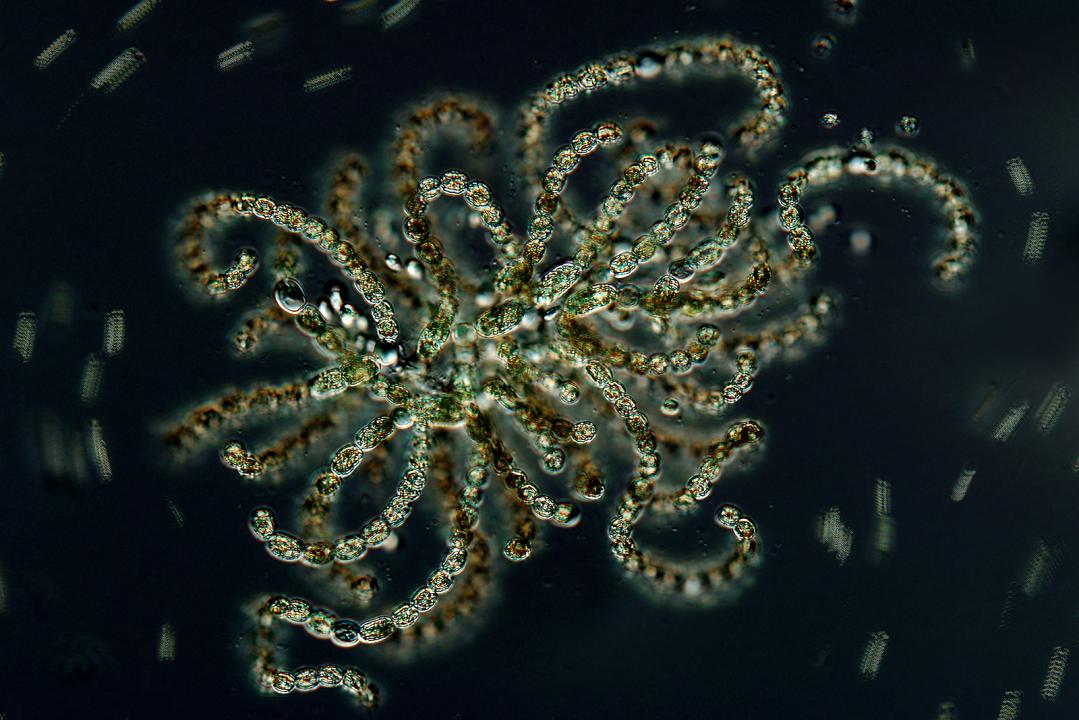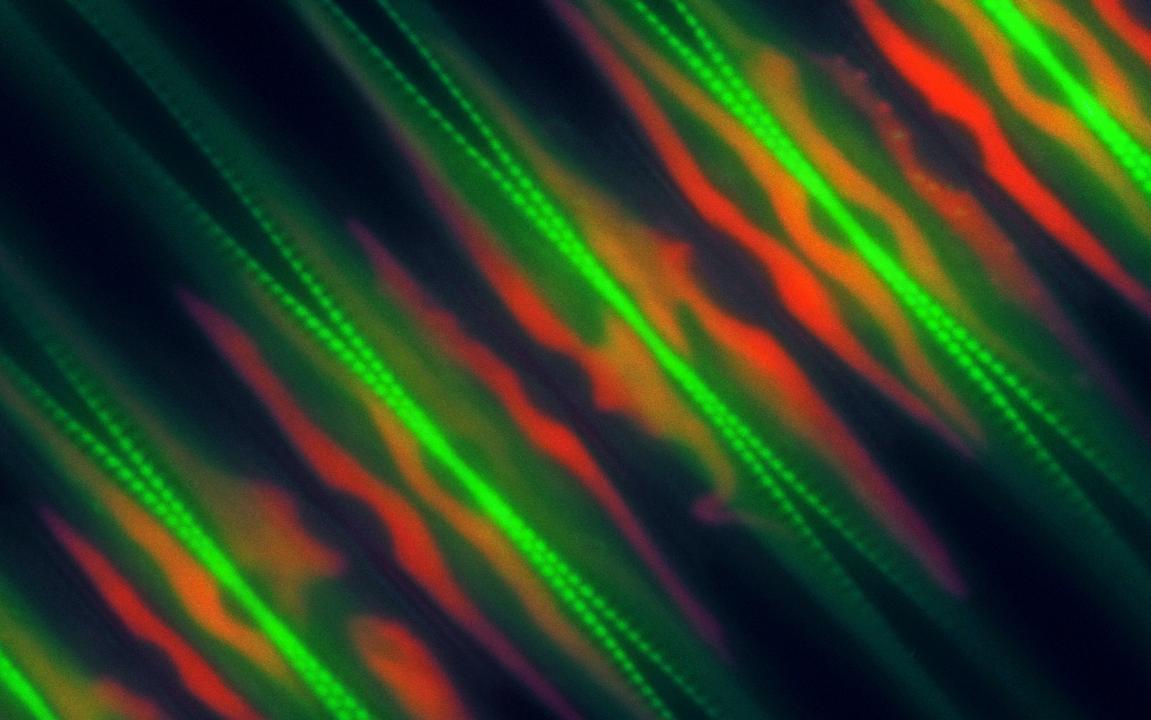Laboratory of Phytoplankton Ecology and Reservoir Limnology
 Research of the Laboratory of Phytoplankton Ecology and Reservoir Limnology is focused on freshwater microscopic algae and cyanobacteria (jointly referred to as phytoplankton) inhabiting lentic ecosystems, namely reservoirs. Freshwater reservoirs provide important ecosystem services such as the supply of drinking water, irrigation, transportation, industrial and cooling water supplies, power generation, flood control or recreation. They differ from natural lakes in several important aspects: elongated morphology, shorter water residence time, pronounced water level fluctuation and irregular water withdrawal, often from various strata.
Research of the Laboratory of Phytoplankton Ecology and Reservoir Limnology is focused on freshwater microscopic algae and cyanobacteria (jointly referred to as phytoplankton) inhabiting lentic ecosystems, namely reservoirs. Freshwater reservoirs provide important ecosystem services such as the supply of drinking water, irrigation, transportation, industrial and cooling water supplies, power generation, flood control or recreation. They differ from natural lakes in several important aspects: elongated morphology, shorter water residence time, pronounced water level fluctuation and irregular water withdrawal, often from various strata.
 Our research on algae and cyanobacteria has provided valuable insights into their ecology, ecophysiology and taxonomy. We host a unique collection of several hundred strains of cyanobacteria and algae isolated from various types of freshwaters. Our contribution to the modern taxonomy of cyanobacteria based on a combination of classical (microscopy) and current molecular methods has been recognized internationally. We perform genome mining in selected cyanobacterial strains to identify new bioactive secondary metabolites with application potential and to elucidate their biosynthetic background. Recently, we have further focused on the detection of new and little known cyanobacterial toxins in aquatic habitats to reveal potential threats to ecosystems (such as wild animal mortalities after ingestion of toxic cyanobacteria) and public health.
Our research on algae and cyanobacteria has provided valuable insights into their ecology, ecophysiology and taxonomy. We host a unique collection of several hundred strains of cyanobacteria and algae isolated from various types of freshwaters. Our contribution to the modern taxonomy of cyanobacteria based on a combination of classical (microscopy) and current molecular methods has been recognized internationally. We perform genome mining in selected cyanobacterial strains to identify new bioactive secondary metabolites with application potential and to elucidate their biosynthetic background. Recently, we have further focused on the detection of new and little known cyanobacterial toxins in aquatic habitats to reveal potential threats to ecosystems (such as wild animal mortalities after ingestion of toxic cyanobacteria) and public health.
 We have developed and implemented modern single-cell as well as community characterising fluorescent techniques depicting physiological responses of phytoplankton to the changing environment that furnish important clues for deciphering processes beyond the spatiotemporal heterogeneity and long-term changes of aquatic systems. These techniques have been used for microscopic examination and taxonomic detection of individual microbial cells and allowed for both qualitative and quantitative evaluation of, e.g. production of certain substances, growth rates, cell damage or vitality, and studying microbial interaction; specifically those between phytoplankton and bacteria, fungi and flagellates.
We have developed and implemented modern single-cell as well as community characterising fluorescent techniques depicting physiological responses of phytoplankton to the changing environment that furnish important clues for deciphering processes beyond the spatiotemporal heterogeneity and long-term changes of aquatic systems. These techniques have been used for microscopic examination and taxonomic detection of individual microbial cells and allowed for both qualitative and quantitative evaluation of, e.g. production of certain substances, growth rates, cell damage or vitality, and studying microbial interaction; specifically those between phytoplankton and bacteria, fungi and flagellates.
Time series analysis of long-term environmental data allowed us to elucidate important general trends and interactive effects of land-use, management practices, and the ongoing climate change on community ecology and reservoir limnology and determine impacts of weather extremes (i.e. droughts and extreme rainfalls) on reservoir functioning. We also focus on the investigation of phytoplankton spatial heterogeneity, resource competition and the relationship between the physiological traits of individual taxa and their occurrence and temporal dynamics in an aquatic ecosystem.